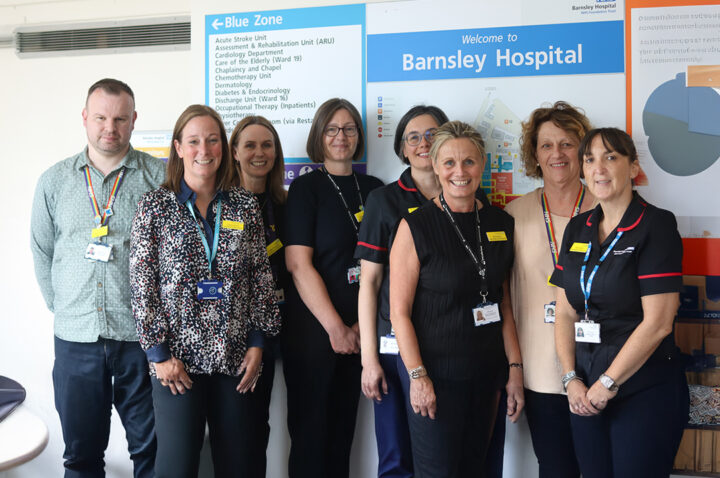Transforming clinical governance: a collaborative and coordinated approach to patient safety

Summary
Barnsley Hospital NHS Foundation Trust (BHNFT) integrated its central and women’s services clinical governance teams to create a collaborative, person-centred framework for patient safety. This change removed silo working, standardised processes, and embedded shared learning across all specialties. The new model has delivered measurable improvements including 100% compliance with duty of candour, no repeated patient safety incident investigations, and improved patient and staff engagement. The approach is now embedded across the Trust and has gained regional and national recognition, with interest from other organisations in learning from BHNFT’s experience.
The Challenge
Although BHNFT had a strong safety culture, fragmented governance processes between central and women’s services created barriers to shared learning. Women’s services operated differently, using a trigger list for incident reporting with limited external scrutiny. This siloed approach reduced opportunities for trust-wide improvement, and both staff and patients highlighted the need for greater support, openness, and transparency in learning responses. The challenge was to align governance structures, encourage collaboration, and build a sustainable framework that supported safer care for all.
The Solution
Led by the Clinical Governance and Compliance Manager, with support from senior leaders including the Associate Director of Quality and Clinical Governance and the Associate Director of Midwifery, the two teams were brought together into an integrated governance function. Weekly multidisciplinary huddles were introduced to review incidents, complaints, claims, and inquests. A single weekly patient safety incident review meeting was established to ensure consistency. Reports and processes were standardised, enabling benchmarking and shared learning. Staff and patients were actively involved, with feedback mechanisms built in to support continuous improvement. External partners including the ICB, LMNS, and Board-level Maternity Safety Champions also supported the work.
Results & Next Steps
The project has achieved significant impact over the past 18 months:
- 100% compliance with duty of candour and patient involvement in learning responses
- No repeated patient safety incident investigations
- Reduction in off-pathway births with improved morbidity
- No preterm babies have suffered HIE since 2024
- Reduction in hypoxic ischaemic encephalopathy rates from 2.53 per 1000 births in 2021 to 0.67 in 2024
- Only two MNSI investigations since 2023 and no Regulation 28 reports since July 2022
- Over 90% positive feedback from service users and improved staff wellbeing through a “no blame” approach
The work is now fully embedded, with a neonatal governance role added to the central team. BHNFT continues to share its approach at regional and national forums, with interest from other trusts in replicating the model.




